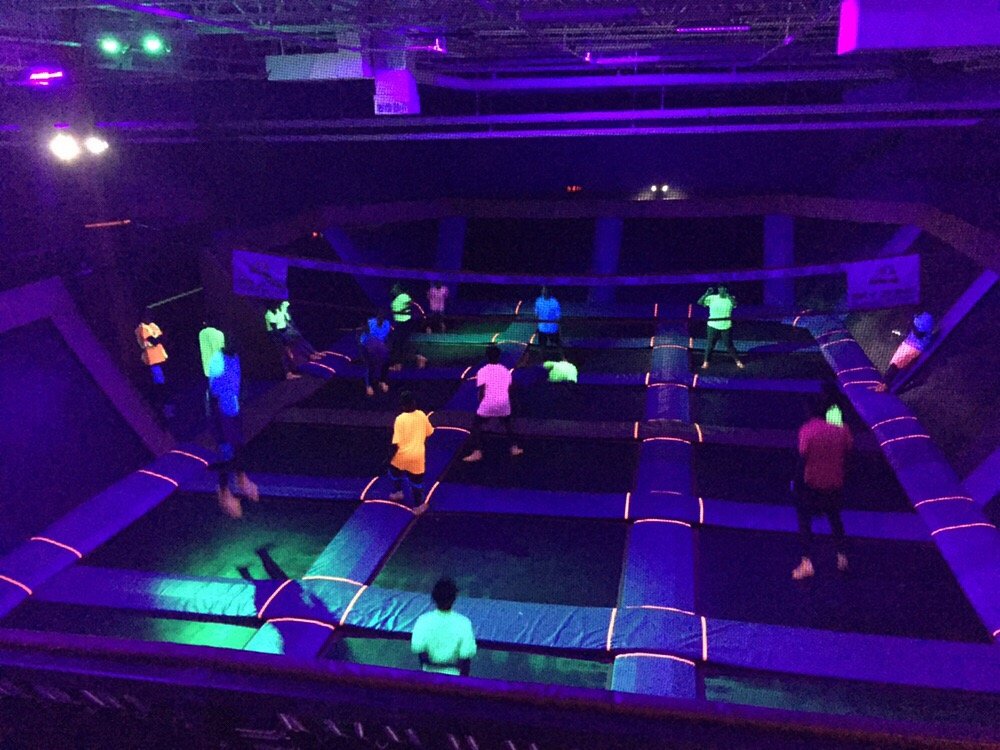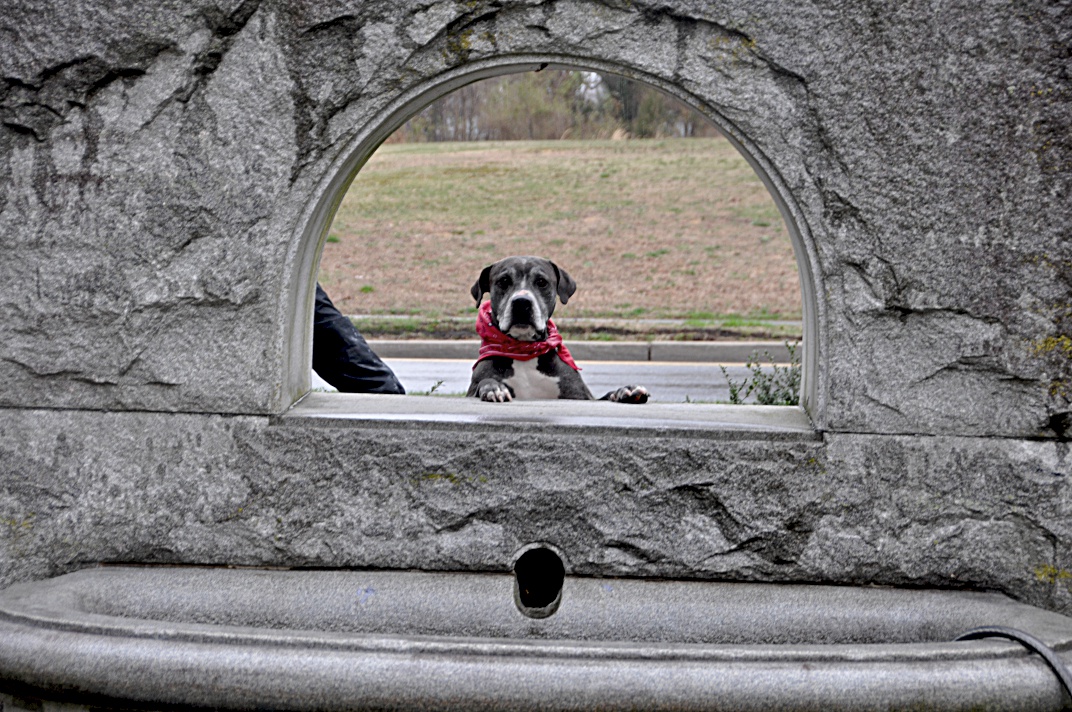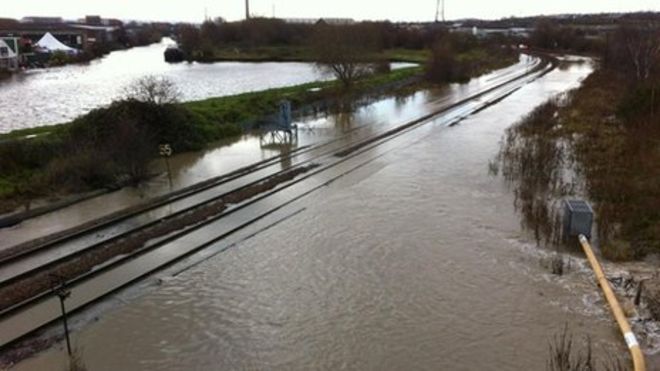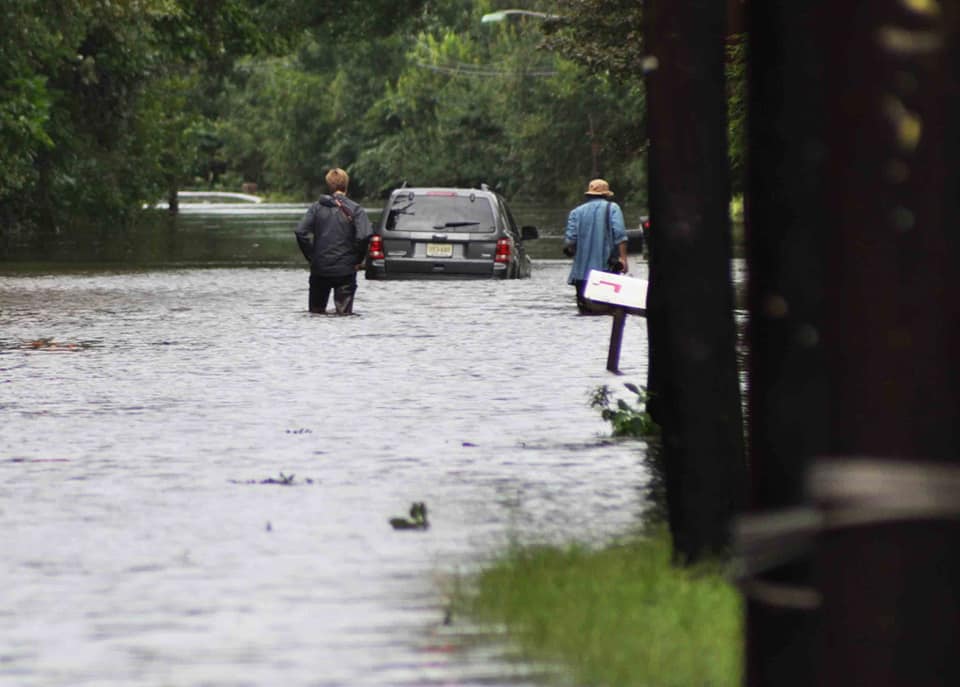Topic: COMMUNITY INTEREST
Mountain Climbing Leadership
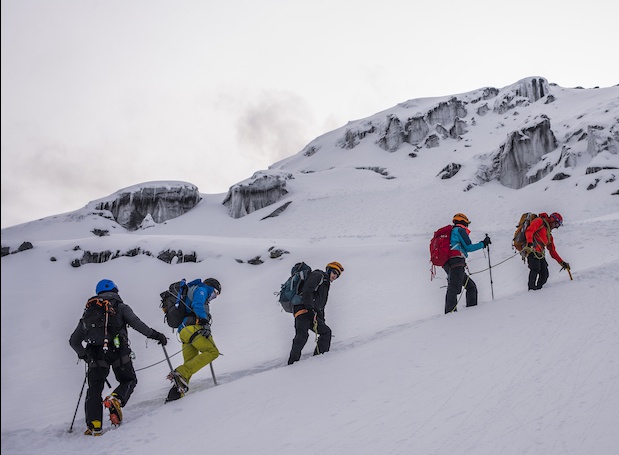
Leadership is a lot like climbing a mountain. The ascent can be grueling, and the path is uncertain, but the reward comes from successfully navigating every challenge and reaching the metaphorical peak. Applying this analogy, it’s worth considering your motivation for making the climb in the first place. Also, where are you climbing to, and where are you on the mountain right now? Who is your executive coach/mentor who will serve as your mountain guide/Sherpa? And who has joined the climbing team that will help you reach the top? These are all relevant questions for any leader/mountaineer.
In business as in mountain climbing, advance preparation is critical. Being prepared means having a detailed plan, adequate supplies, and the proper physical and mental training to overcome any potential adversities. Consider the start of a new leadership role as your chance to set up your base camp. Assemble your inner circle of advisors and build momentum for the big climb ahead. Remember, that initial period will set the tone for your entire ascent up the Mountain of Leadership, so stay positive.
Sometimes, the smartest route isn’t a straight path forward. When a sudden storm overtakes the mountainside, survival may depend on a climber’s ability to beat a fast retreat back to Base Camp. Business leaders should have similar agility and a willingness to make tough decisions on the go. In addition to adverse weather conditions, mountaineers face a lethal threat from the lack of oxygen at extreme heights. For this reason, they often make their ascents in staggered stages. For instance, they will climb from Base Camp to Camp 1 first. Then they will go back down to Base Camp, before ascending to Camp 2, etc. In this way, their lungs and blood become acclimatized over time in order to reach the peak.
Mountain climbing teams need to maximize every person’s skills and fill in the gaps for any shortcomings. Leaders are responsible for pulling the whole group together. Some climbers may have exceptional strength to carry heavy loads, while others have strong endurance to drive trails over deep snowdrifts and steep cliffs. Some may have upbeat personalities that lift up team morale when things go badly, while still others are accomplished cooks who can even make stale rations taste delicious for the climbing team.
Experienced mountain climbers are cautious to never make a trek alone, because teamwork is essential from a safety standpoint. In case of injuries or mishaps, other members of the team can assist by mending a wound, carrying an extra load, or sharing their provisions. Also, in the case of sudden storms or blizzards, teammates are there to support each other and quickly shelter in place. What’s that old adage? If you don’t succeed at first, try, try again. That saying applies equally well to business leadership and mountain climbing. After all, when someone asked British mountaineer George Leigh Mallory why he wanted to scale Mount Everest in the 1920s, he is said to have replied, “Because it’s there.”
Mountain climbing is an odyssey which gives me ample time to think deeply about life, my inner peace, friends, family what my next steps in life.
When you are part of a team with a clear, audacious goal like climbing Mt. Everest or any of the 7 summits, it focuses the mind. It influences every little decision you make each day. Little things that might subtract from the goal fall by the wayside. There’s a big difference in the clarity and urgency of those goals. These little everyday decisions, to stay disciplined and focused on an overarching goal with a non-negotiable deadline, make a huge difference over time. Usually, there’s a way to accommodate another goal if you think about it.
Guides on the mountains I have climbed all have a crystal clear mandate—get as many members of your team up to the summit and back home safely. Some of this depends on the strength of the team members to begin with, and their level of commitment. But every day is mapped out to allow for gradual acclimatization to altitude, and to maximize team health and strength. Some wiggle room is built in to adjust for the right weather window of opportunity. Details matter. For example, a few guide services on Everest a few years ago switched to new oxygen regulators and masks. These regulators were defective. When these oxygen masks failed for quite a few climbers and guides, above 8,000 meters (26,000 feet), that’s a deadly serious situation. It forces everyone to immediately descend. Summit bids were lost for dozens of climbers because someone screwed up a pretty basic thing. Ouch. There were a thousand other details to pay attention to on a mountain quest. Many expedition leader’s are quite businesslike in keeping strict schedules. If they said we would leave Base Camp at 3 am, they meant 3 am, not 3:05 am or 3:15 am. No lollygagging, no begging to sleep in. This was for a good reason: they wanted to make sure our team would pass through the Khumbu Icefall or other mountains ascents—the most dangerous part of the mountain —during the cold hours of the early morning, when melting and avalanche risk were at a minimum. If you were struggling in the morning, there was a simple solution. Get to bed earlier the previous night. Having a clear, overarching goal acts like a forcing function that influences a thousand little decisions, in a positive way. As the leader, the main goal is to set a deliberate, but quick pace that everyone could keep up with, and that allowed for safe travel while clipped to the rope. Efficiency in this sense goes hand-in-hand with safety—the more time spent on the course, the higher the chances are that an avalanche or rockfall or something else bad might happen. There would be plenty of other times and places for taking photos and savoring the moment.
Selfish behavior, when allowed, tolerated or even rewarded, is corrosive to team morale. It can quickly devolve into every-man-for-himself selfishness. On the mountain, consider carrying weight. Every ounce counts. Each Sherpa, and each climber, was expected to carry certain pieces of gear, and a certain number of oxygen bottles on the high part of the mountain. Want to foist an extra eight-pound bottle onto your Sherpa to lighten your pack? Want to pay extra for the privilege? Not happening. My respect and allegiance for the expedition leader grew immensely when I saw how he responded to an individual who consistently put selfish interests ahead of the team. Leaders have to be clear, consistent, polite and firm in situations. If you can’t carry your gear, maybe you need to stop climbing. No, you can’t have an extra oxygen bottle cranked up to the max. No, the monks said we can’t take photos inside the monastery we visited on the trek. That means you, too. Making exceptions here and there would take a toll on other members of the team who have to pick up the slack. On the flip side, we gained strength as a team, and became more cohesive, by helping each other out. When someone helped me with a small thing, like checking whether a backpack strap is properly fastened, I’m more motivated to help out that person the next time they need a hand. This can become a positive feedback loop, where everyone is looking out for everyone else. Once that team ethic is established, you can be confident the team would mobilize in case we ran into a serious all-hands-on-deck situation.
As long as the weather patterns appeared to remain favorable for the extended forecast, many leaders prefer that we hang back at Base Camp, maintaining team strength with decent food and water and supplies. We would make our move later. This was going to test everyone’s patience. It’s far longer than anything any of us had done before. This is also a tough test mentally. On Everest, from Base Camp (17,500 feet), you go up to Camps 1 and 2 for a few days to acclimate, then descend back to Base Camp to breathe thicker air and maintain strength. A week or so later, you go up on another push, this time for another five days all the way up to Camp 3 (23,500 feet). Then, again, you descend back to rest at Base Camp, because it’s so hard for the body to spend much time above 18,000 feet. Climbers sit and sometimes wonder: What if the weather window closes, the monsoon arrives early, and none of us get to summit? Leaders are steadfast in this strategy from beginning to end. If there were a few unhappy campers, then he would just have to explain his reasoning one more time.
On our summit rotation push, we had a problem. At a break spot, one climber set down his helmet on the ice, without securely clipping it to his backpack. Whoosh! Down the mountain it went. No way could anyone go down to retrieve it, we’d never find it. No way could this climber go up the mountain without a helmet—it wouldn’t be safe. None of us carried spares. We were on a steep. That was followed by an uncomfortable silence. None of us had experienced a setback like this. After a few minutes, one of the guides improvised a work-around. The guide in back would loan his helmet to the climber so he could continue upward. One guide would hang back at the break area, checking with descending Sherpa for an extra. Luckily, it worked out. There was no finger-pointing, no recriminations, no yelling. Maybe there was some muttering about carelessness. But mistakes will happen on any long journey. The key is always in how you adapt and move forward.
We all make snap judgments about people. It’s human nature, part of how we navigate the world. When our team gathered at the hotel in Kathmandu, we all sized each other up—old, young, male, female, fit, or maybe less fit and less likely to summit. But when you are on a climbing crucible with a small group, eating three meals a day together, the superficial stuff fades away. You get to know people at a deeper level. That person who might seem like a jerk may have sides to his personality you don’t see at first. One of my Everest guides, after 20 years of leading expeditions, said he’s learned to disregard his own first impressions of people. Appearances aren’t just deceiving. They are almost always wrong. Take this example. One member of our team had a habit of making rude, abrasive, smart-aleck remarks. Casual insults would spill forth on the trail, at dinner, around camp. “One of these days, you’re going to have to learn how to dress yourself,” this guy blurted to a teammate who was struggling in the wee hours, getting ready for the day’s climb. The other teammate threatened to “kick his ass” and the offender apologized. These sorts of remarks bugged people. They create a sort of cumulative toxicity. At Base Camp, in my pen-and-paper journal, I wrote, “Let the insults, put-downs and snide remarks roll off my back.” I’m glad I held my tongue. Over time, this tough, Type A achiever revealed himself to be a good teammate. Some abrasiveness, it turned out, stemmed from some tensions at home that had nothing to do with any of us. It also became clear this person had a kind and empathetic and generous streak.
This is a phrase used by the Natural Outdoor Leadership School (NOLS)—an excellent nonprofit leadership development organization. This concept is all about remaining calm and resilient in the unpredictable outdoor environments. It’s not about “suffering at all costs.” It is about maintaining self-control, and focusing on the things you can control. Namely, your own thoughts. You can’t control the weather, for instance. There’s no point in complaining about it. You can, if it’s raining, put on rain gear. If it’s too windy to move, you can stay in your tent a while. My tolerance for adversity has been tested during climbs. I had fitful sleep. I’d wake up, feel like I was suffocating, and gasp for breath. Panicky thoughts creeped in. “How will I climb tomorrow without sleeping?” I’d ask myself at 2 am. This sort of negative self-talk is common, guides say. But I also knew these negative thoughts weren’t going to do me or anyone on the team any good. So, I would force myself to focus on more positive thoughts. I’d say to myself, “I’m always better when I wake up in the morning, get some food and water, and start climbing again.” That helped put me in the right frame of mind the next day. Everyone had their moments when they had to think hard about the fine line between sucking it up with “tolerance for adversity” and when they were pushing it too far. Our leaders have always cheered for us when we summited. Failure is inevitable if you’re reaching for big goals. If you hit all your goals, you’re not reaching far enough. So, I look at failure as part of the process. That’s the kind of “tolerance for adversity” that it takes to achieve the big goals.
This was one source of disappointment. Our team, myself included, had a lot of gadgets. Smartphones, cameras, Garmin watches, video and more. We had a spotty Wi-Fi connection at Base Camp, and spotty cell phone service there at 17,500 feet. For sure, it was nice to call family. It was nice to log on to Twitter, and share the occasional photo update. But. But. But. This constant connectivity had its downside. Some of my favorite moments on the climb were on the high mountain when we had no connectivity at all. Distractions are one thing, misinformation was another. For example, there was plenty of half-baked weather forecast information to chew over online, which provided fodder to second-guess our guide. We all knew the guides were taking into account historical weather models, updated satellite data and forecasts from multiple competing meteorologists, combined with first-person feedback they got via radio from people stationed at different spots on the mountain. Yet there we were debating a superficial website with junk data. In human activities that require long and hard concentration, the smartphone can be more of an enemy than a friend. If you allow it.
I paid close attention to Sherpa culture on the mountain. Nepal is one of the poorest countries in the world. And yet these people work hard, and value their families. They seem happier on balance than most people I know in the wealthiest country in the world. One of my fellow climbers, a successful businessman and worldly individual from Mexico City, had a habit of saying “Thank you, my friend,” at the end of sentences. Whenever the assistant cook at Base Camp would bring us tea or bread or anything else, this climber would always say “Thank you, my friend,” with genuine warmth. He was treating others as he would like to be treated. The spirit of gratitude and generosity can be infectious. At our Puja ceremony before we began our climb from Base Camp, gratitude was everywhere. The Sherpa were there, making their offerings to the Chomolungma, the Mother Goddess of Earth, as Everest is considered in Tibetan Buddhist culture.
At our Puja, we listened to a Buddhist monk chant. We flung grains of rice in the air near the rock altar. The scent of burning juniper and sage filled the air. We drank a little rice wine (not too much). We laid down our sharp items, crampons and ice axes, at the altar, asking the Mother Goddess to allow us safe passage up the mountain. We smeared tsampa (barley flour) over our faces, as the Sherpa blessed us all, and themselves, for not just a safe climb, but for long life. There were hugs galore.
I call the guide “the trust-builder.” Not only do you build trust in the guide, but you also build trust in yourself. When you climb on a rope, often the guide would go first, and then there would be four or five team members. Now, the guide’s gone up and he’s around the corner. You can’t see the guide. I now am climbing, and I have someone behind me. That means I have to go up 120 feet and get on a ledge. Now I’m responsible for the person coming behind me.
So, not only do I have to build trust in myself, and my feet, I also have to earn the trust of the person behind me who’s going to say to me, “Buddy, I am now climbing. My life is in your hands.” The great English sociologist Anthony Giddens came up with a beautiful little statement: “Trust is precisely the link between faith and confidence.”
You want people to have faith in their feet, faith in their capacity to climb, and faith in their guide. But faith, in a way, is like hope. You know, “I hope I can climb. I hope my guide’s a good one.” What you really want is confidence. Trust is that link between just faith and real confidence. That’s where guides really shine.
It’s a thing that I’ve seen. I’ve seen a guide at 13,000 or 14,000 feet turn to a first-time climber, who is on a ledge about the width of this table, maybe three or four feet. He’ll calmly say, I want you to put your back to the ledge. And I want you to step off the ledge. I want you to step backwards.” I was attached by a rope, and now going to do 120-foot rappel for the first time in my life. And he just calmly says, “Just take a step back, and step off into the thin air.” This is what trust means.
Guides are risk-aware, that’s for sure. They’re aware of thunderstorms, bad weather and rock fall. They’re aware all the time. Their senses are just always switched on. But they’re not risk-averse. When you think about this — why would I try and get to the top of this ridiculous mountain, if I were averse to risk? You wouldn’t do it.
Guides have this wonderful balance. [They are] constantly risk-aware, but they’re not risk-averse. They will take clients in places that are risky. That’s why you need trust. If you don’t face risk, you’re not going to need trust. So, trust is important out in the mountains. But they’re very careful with this line between being aware and not being averse to risk, and they are also finely-tuned on, “Dude, this is just not your day.” They’re not afraid to say to somebody, “You can come back tomorrow. The mountain will still be here next year. This is not a good day for you, and we’re just not going to go any further.” So, they know this balance.
But you must be risk-aware, that for instance, when you climb the mountain, summit fever kicks in. The only thing I want to do is get to the top. People rush to the top, and then get trapped by a storm. What they should have been was risk-aware, not suffering from summit fever. If they would have been risk-aware, they would have known that at a certain point, it was wise to turn around. This dividing line between risk-aware and risk-averse is something that guides are really schooled in. They can teach wonderful lessons to people who go with them.
Looking at the big picture, whether it’s climbing a mountain, or business-wise, you do have to have that perspective. You do need to take in everything that is around you, and not be the bull in the china shop.
The big picture is contrasted to, “We follow trends.” Many of us watch CNN. We read the paper. We’re reacting all day long to small events. Sometimes we miss the big picture. You’ve got to get on the balcony. You’ve got to get off the dance floor, where you can’t see anything developing. All you can see is the person next to you. You can’t see the pattern on the floor. If you get up on the balcony and look down, now you have the big picture. I think guides are expert at developing the big picture.
The summit is important, and everybody wants to get to the summit. But the guides seeing the big picture say, “You have to learn also to enjoy the journey.” The journey is where the lessons are; there aren’t many lessons to be learned on the summit. The lessons are on the way up and on the way down. Many of us, in life and in business, get lost in the details. [We get] lost in the events, and in the crush of information. Maybe we don’t take enough time to get up on the balcony.
Leadership is sometimes seen as an inherited trait. Is that true of these guides?
It’s still a learned art.
So, in conclusion, climbers and guides need to have these leadership strengths — having the big picture, understanding risk, helping other people get to the top, being flexible in your leadership style. When you put them all together, you have a guide.
What would it be like to work for someone who acts like a guide, rather than just a manager or the fount of all knowledge, or the person that will come in and tell you how? How about a guide as a manager? Someone who you can go to, who will give you the strength and the empowerment to do what you need to do, and is there for safety — I’ll back you up. I won’t let you fall off the precipice. But you must solve this problem yourself.
Do leaders like this exist off the mountains?
Working in an environment where people are guiding you toward your own personal summit, in work and in life, is the ultimate. That is developing over time. But it’s going to take a little work.


